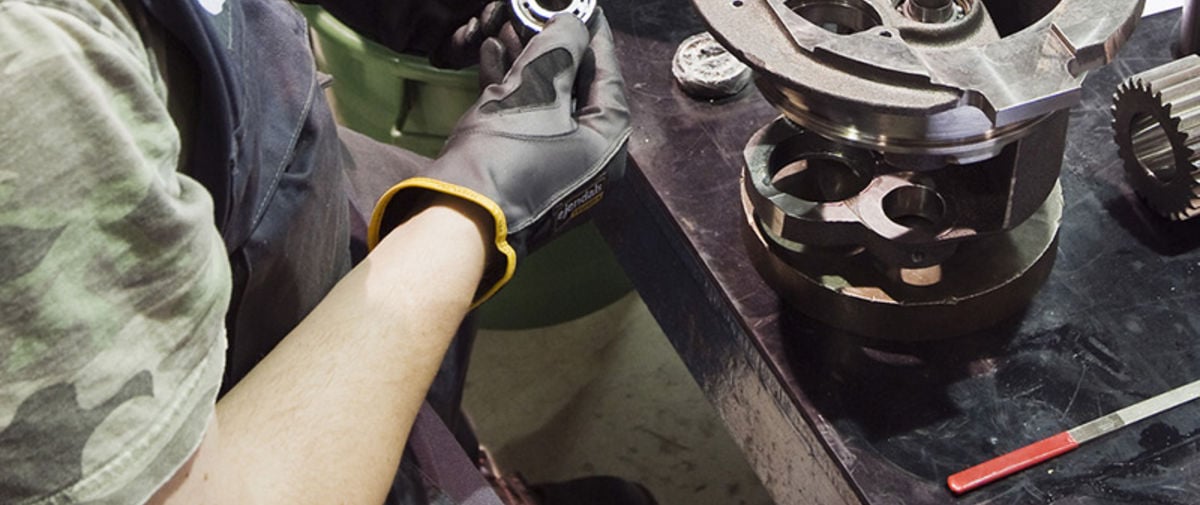Customer story
Expert knowledge catches potential safety hazard before it happens at newsprint paper company
Konecranes was able to replace a broken brake in record time, saving the customer from losing more than $15,000 per hour in lost production costs.
As a service technician for overhead cranes, one of the most frightening situations that can happen is realizing that you do not know the correct way to service a part. Fortunately, at Konecranes, we are trained to service every crane brand—and we have a global technical support team to contact for procedural help when we run into a new situation.
In June 2012, I was able to witness a situation where our training helped avert a critical safety situation. During a routine maintenance outage, a Konecranes XL crane at the wet end of the paper mill started to smoke. Years of accumulated rust had caused the manual holding brake to rust and seize up.
Konecranes to the rescue
I rushed to service the crane, but when I arrived, the customer’s crane service provider already had the crane running—to my surprise. However, it seemed like the other service provide did not know the procedure for setting this style of manual holding brake. The brake sensing was not properly applied, and the air gap was not set within dimensions. The crane was running, but it was not in safe working order. The damaged brake caused the load to drift down to the floor a few feet.
I expressed my concern to the plant’s maintenance manager. Load drift can result in a dropped load—which could damage personnel or equipment. We locked the crane out of service and I worked hard to secure a replacement part as quickly as possible. Within 45 minutes of receiving the new brake, it was set properly, and the crane was in good working order.
